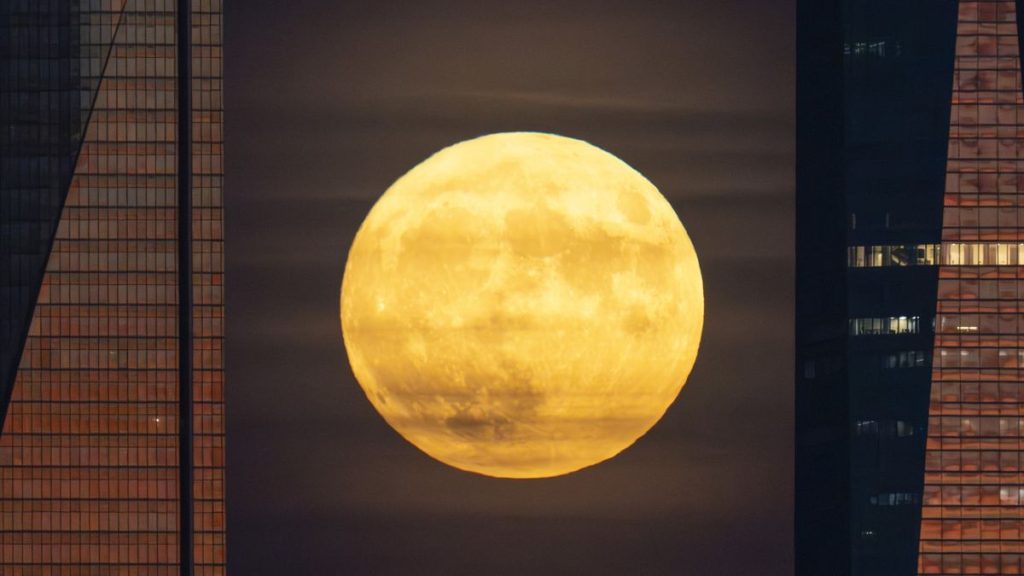
Why is a ‘once-in-a-decade’ Supermoon Blue Moon happening twice in 2 years? (Image Credit: Space.com)
Just exactly when is the next Supermoon Blue Moon?
As we ready ourselves for the rise of the Supermoon Blue Moon on Monday, Aug. 19 at 2:26 p.m. EDT (1826 GMT). Some of you eagle-eyed readers might be asking “Wait a minute, during last year’s Supermoon Blue Moon you said the next Supermoon Blue Moon was in 2037, thus making it a once-in-a-decade event?” And you’d be right, well sort of… it’s complicated.
The term “Blue Moon” actually has two meanings so they’re not quite as rare as you might think, so much for “once in a blue moon,” right?
A seasonal Blue Moon is the traditional definition of a Blue Moon and refers to the third full moon in a season that has four full moons according to NASA. The second definition — which arose from a misunderstanding of the original — is the monthly Blue Moon, referring to the second full moon in a single calendar month. Today, this monthly Blue Moon is accepted as an alternative definition rather than a mistake, according to Time and Date.
A supermoon is more common and simply refers to any full moon that occurs when the moon is within 90% of its closest approach to Earth, according to NASA. There will be four supermoons in a row this year: Aug. 19, Sept. 17, Oct. 17, and Nov. 15. The closest supermoon of 2024 will occur on Oct. 17 at 7:26 a.m. EDT (11:26 a.m. GMT).
So the next Supermoon Blue Moon according to the monthly Blue Moon definition will indeed occur on Jan. 31, 2037, at 10:03 a.m. EST (1403 GMT.)
But the next Supermoon Blue Moon according to the seasonal Blue Moon definition will occur on Aug. 19, 2024, at 2:26 p.m. EDT (1826 GMT). After that, we won’t see another Supermoon Blue Moon (under the seasonal definition) until Aug. 20, 2032.
After Monday’s full moon, we’ll need to wait a least 8 years for the next Supermoon Blue Moon, so if you can, try and get out and see it shine! The moon will still appear full on the nights before and after Aug. 19.
Our moon viewing guide can tell you everything you need to know about observing our lunar companion and our Apollo landing sites guide will help you find where astronauts, rovers and landers have stepped onto another world.





